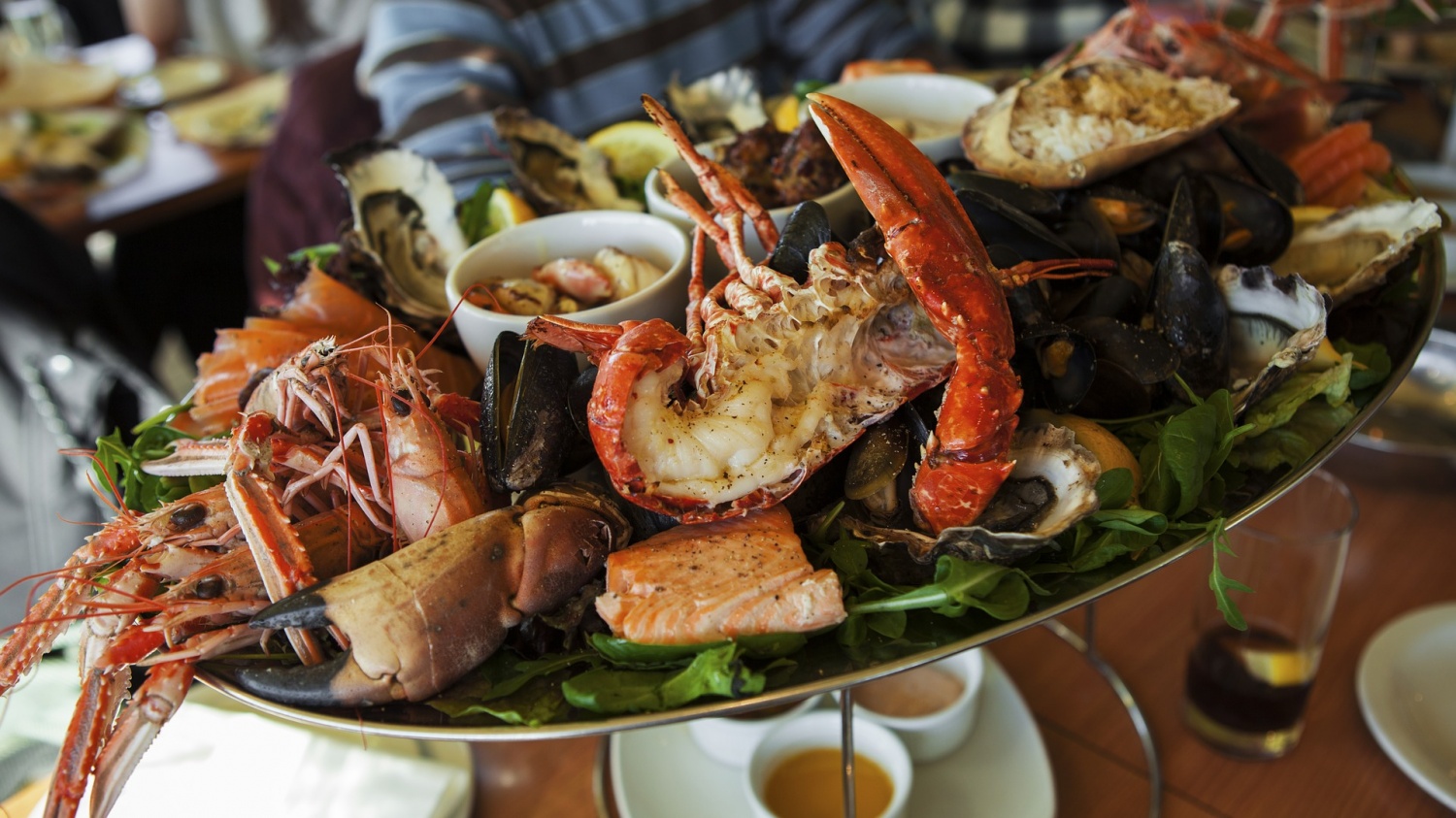Safety should be a top priority when handling food items at your restaurant. Food should not only be handled properly, but should also be stored in the proper manner. Seafood, in particular, is very sensitive to temperature, as it tends to spoil quickly.
If you own a restaurant then there are a few steps that you can take to store your seafood safely at your restaurant. Fresh seafood can be a delicacy, and it always needs to be handled with great care.
Factors that Affect Seafood Perishability
Low temperatures slow down the spoilage process, while high temperatures will accelerate bacteria growth in fish. Fish can also be quite soft.
As such, you can damage the fish quite easily if it is not properly handled. The bruising of fish can also accelerate the spoilage process, as it can lead to increased bacteria contamination.
Intrinsic factors will also affect the perishability of seafood. The chilling of fish involves the cooling of seafood to a temperature that is almost as cool as melted ice. By chilling your seafood products you will be able to prolong the shelf-life of your fish and save money in the long run.
Characteristics of Fresh Fish
Firm flesh is a sign that the meat of the fish is still fresh. The scales should appear glossy or shiny, and the belly of the fish should also be firm. You should take a close look at the eyes of the fish. If the eyes appear clear then the fish is likely quite fresh and will taste delicious.
Take the time to inspect the fish from top to bottom to look for any signs of discoloration. Discoloration is a telltale sign that the fish is going stale. The fins and gills of the fish should appear red, and should feel moist to the touch.
You should also take a whiff of the fish as well. A fresh fish will smell somewhat pleasant instead of rotten. It may smell like cucumbers or seawater.
Tips to Properly Store Seafood Properly
Seafood can normally be consumed without any issues. However, it should be stored in the proper manner, as poorly stored seafood can spoil and can make a customer very sick.
Food poisoning can prove fatal, and your restaurant may develop a bad reputation if your seafood is not fresh and tasty.
As soon as you get your fish, store it in your refrigerator. Room temperature will quickly accelerate the spoilage process of seafood. The best temperature for storing many types of seafood is approximately 40 degrees fahrenheit (4°C) or lower.
If you do not intend to use it for a few days then place your seafood in the freezer instead. Make sure your seafood is solidly frozen until you are ready to prepare it for your customers.
In addition, you should not remove the fish from the original packaging while storing it. If you decide to store it in your freezer then we would suggest that you wrap it in some kind of freezer paper.
The freezer paper should be moisture-proof so that it will not be impacted by air leaks. You can also wrap the fish in foil instead of freezer paper.
It is important to wrap your seafood with care. It should be stored in a designated and clear area of your establishment. When seafood is left out in the open then the risk of cross-contamination becomes more likely.
If you want to ensure long-term storage then only use the correct storage tools and materials. You should store seafood according to certain guidelines. Frozen seafood must be kept frozen until it is ready for consumption.
When using frozen fish, the wisest move is to thaw it overnight in the refrigerator. Simply move the fish from the freezer to the refrigerator and let it thaw overnight so that you can start preparing it for consumption as soon as you arrive at work.
Never thaw seafood overnight more than once.
You should also follow the "FIFO" procedure. You should implement a system in your kitchen that allows you to view the dates on all of the products that you store as easily and quickly as possible.
Take the oldest seafood inventory out first. "FIFO" stands for "first in, first out", and you should also check the expiration of your food on a daily basis. If you are having doubts about the safety of your seafood you should play it safe and throw it out.
Safety First
Carefully store and prepare seafood to reduce the risk of contamination. A little effort and care can help you prepare safe and tasty seafood that will entice your customers to return for more.
Storage is only half the battle, so finish the fight by safely preparing food, checking expiration dates and designating a separate area for the handling and preparation of seafood.
Sources:
Tips for Safe Seafood Handling and Storage - Blog - KoolMax (koolmaxgroup.com)














